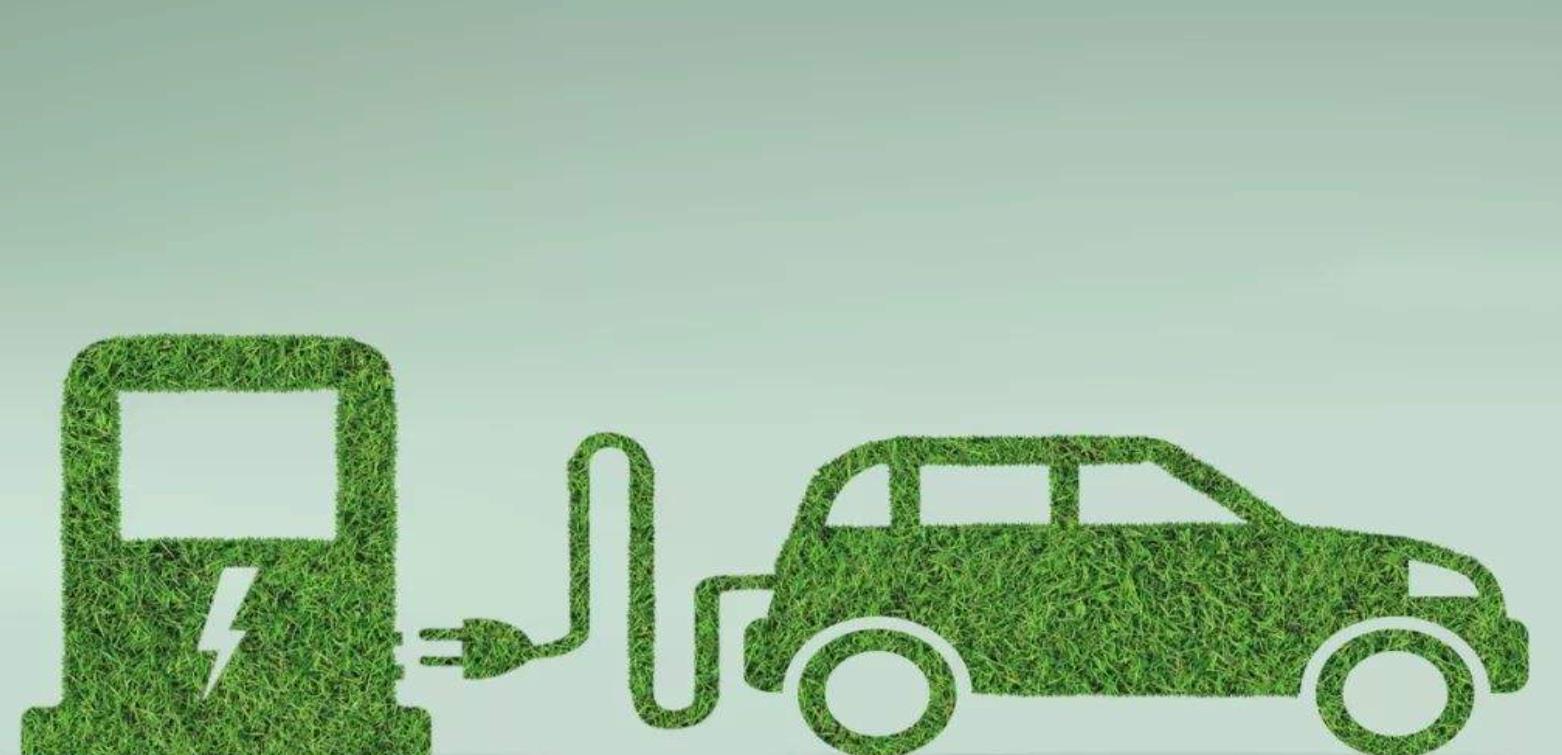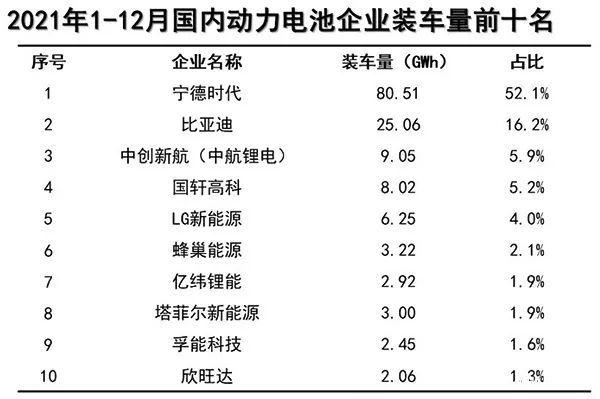Detailed explanation of the working principle of lithium iron phosphate battery
AddTime:2021-10-08 Author:Xinyuren Hits:2865
Lithium iron phosphate battery is a lithium-ion battery using lithium iron phosphate (LiFePO4) as positive material and carbon as negative material. The rated voltage of the monomer is 3.2V and the charging cut-off voltage is 3.6V ~ 3.65v. Lithium iron phosphate battery has the advantages of high working voltage, high energy density, long cycle life, good safety performance, low self discharge rate and no memory effect.
Composition of lithium iron phosphate battery
On the top is LiFePO4 with olivine structure as the positive pole of the battery, which is connected with the positive pole of the battery by aluminum foil. On the left is the diaphragm of polymer, which separates the positive pole from the negative pole, but lithium ion Li can pass through but electrons e- cannot. On the right is the negative pole of the battery composed of carbon (graphite), which is made of copper foil The upper and lower ends of the battery are connected with the electrolyte of the battery, and the battery is hermetically sealed by a metal shell.
Working principle of lithium iron phosphate battery
When the lithium iron phosphate battery is charged, the lithium ion Li in the positive electrode migrates to the negative electrode through the polymer diaphragm; during discharge, the lithium ion Li in the negative electrode migrates to the positive electrode through the diaphragm. The lithium ion battery is named because the lithium ion moves back and forth during charge and discharge.
1. When the battery is charged, Li migrates from the 010 surface of the lithium iron phosphate crystal to the crystal surface. Under the action of electric field force, Li enters the electrolyte, passes through the diaphragm, migrates to the surface of the graphite crystal through the electrolyte, and then embedded into the graphite lattice. At the same time, electrons flow through the conductor to the aluminum foil collector of the positive electrode, and through the electrode lug, battery pole, external circuit, negative pole and negative ear The current is collected into the copper foil of the negative electrode, and then flows to the graphite negative electrode through the conductor to balance the charge of the negative electrode.
2. When the battery is discharged, Li is removed from the graphite crystal, enters the electrolyte, passes through the diaphragm, migrates to the surface of the lithium iron phosphate crystal through the electrolyte, and then embedded into the lattice of lithium iron phosphate through the 010 surface. At the same time, the battery flows to the copper foil collector of the negative electrode through the conductor, and flows to the battery through the lug, the negative pole, the external circuit, the positive pole and the positive lug The aluminum foil collector of the positive electrode flows to the lithium iron phosphate positive electrode through the conductor to balance the charge of the positive electrode.
It can be seen from the working principle of lithium iron phosphate battery that the charging and discharging process of lithium iron phosphate battery requires the joint participation of lithium ions and electrons, and the migration speed of lithium ions and electrons should be balanced. This requires that the positive and negative electrodes of lithium ion battery must be mixed conductors of ions and electrons, and their ionic conductivity and electronic conductivity must be consistent. However , the conductivity of lithium iron phosphate is very poor. Although the conductivity of graphite negative electrode is better, in order to realize high rate discharge, it is still necessary to improve the conductivity of the negative electrode to balance its electronic conductivity with the ability of lithium ion de intercalation from graphite.



